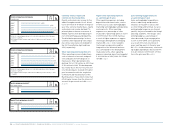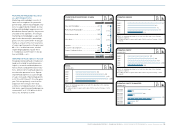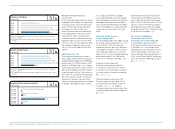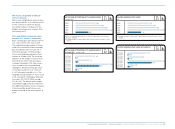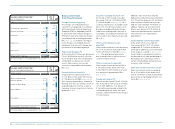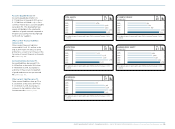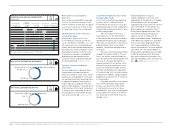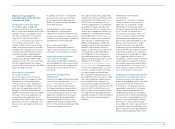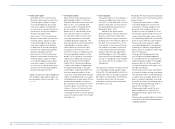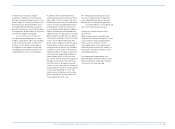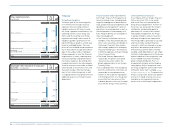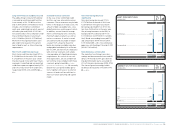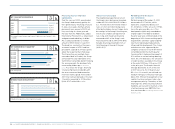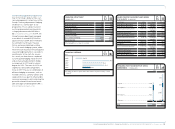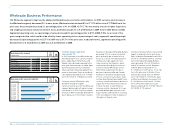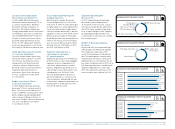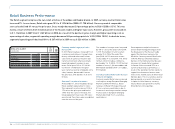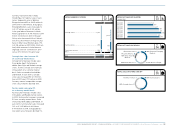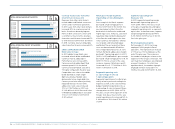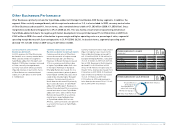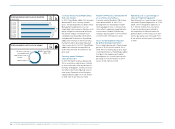Reebok 2009 Annual Report Download - page 132
Download and view the complete annual report
Please find page 132 of the 2009 Reebok annual report below. You can navigate through the pages in the report by either clicking on the pages listed below, or by using the keyword search tool below to find specific information within the annual report.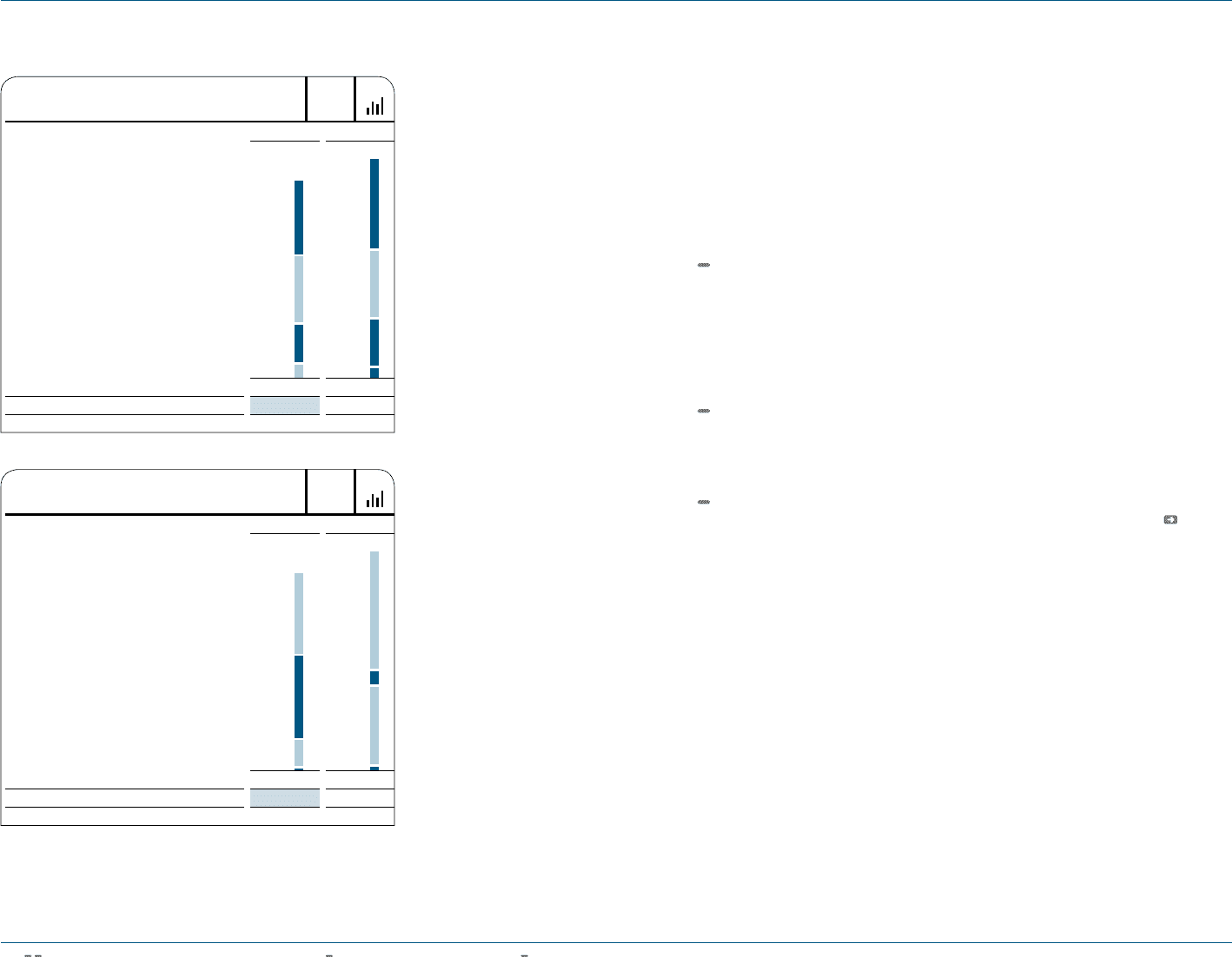
N
°-
45
N
°-
46
TOTAL CREDIT FACILITIES
€ IN MILLIONS
REMAINING TIME TO MATURITY OF AVAILABLE
FACILITIES € IN MILLIONS
2009 2008
Total 5,902 6,547
2009 2008
Total 5,902 6,547
Short-term lines .................................................2,238
< 1 year ................................................................2,436
2,000
462
2,722
3,519
1,432
2,332
0
393
234
Eurobond ................................................................498
Medium-term committed lines ..........................2,000
1 to 3 years ..........................................................2,458
Convertible bond ....................................................... 0
> 5 years .................................................................186
Private placements .............................................1,166
3 to 5 years .............................................................822
Treasury
Group financing policy
The major goal of our financing policy
is to minimise the Group’s financial
expenses while ensuring sufficient
liquidity reserves at all times to meet
the Group’s payment commitments. The
operating activities of our Group seg-
ments and the resulting cash inflows
represent the Group’s main source of
liquidity. Liquidity is planned on a roll-
ing monthly basis based on a multi-year
financial and liquidity plan. This com-
prises all consolidated Group companies.
Our in-house bank concept takes advan-
tage of the surplus funds of individual
Group companies to cover the financial
requirements of others, reducing exter-
nal financing needs and optimising our
net interest expenses. By settling inter-
company transactions via intercompany
financial accounts, we are able to reduce
external bank account transactions and
thus bank charges. Effective manage-
ment of our currency exposure as well
as ongoing interest rate optimisation are
additional goals of our Group Treasury
department.
Treasury system and responsibilities
Our Group’s Treasury Policy governs all
treasury-related issues, including bank-
ing policy and approval of bank relation-
ships, global financing arrangements and
liquidity/asset management, currency
and interest risk management as well as
the management of intercompany cash
flows. Responsibilities are arranged in a
three-tiered approach:
The Treasury Committee consists of
members of the Executive Board and
other senior executives who decide on
the Group’s Treasury Policy and pro-
vide strategic guidance for managing
treasury-related topics. The Treasury
Committee approves all major changes
to our Treasury Policy.
The Group Treasury department is
responsible for specific centralised
treasury transactions and for the
global implementation of our Group’s
Treasury Policy.
On a subsidiary level, local managing
directors and financial controllers are
responsible for managing treasury
matters in the respective subsidiaries.
Controlling functions on a Group level
ensure that the transactions of the
individual business units are in compli-
ance with the Group’s Treasury Policy.
Centralised treasury function
In accordance with our Group’s Treasury
Policy, more than 90% of our world-
wide credit lines are managed by the
Group Treasury department. Portions of
those lines are allocated to the Group’s
sub sidiaries and backed by parental
guarantees. As a result of this central-
ised liquidity management, the Group
is well positioned to allocate resources
efficiently throughout the organisation.
The Group’s debt is generally unsecured
and may include standard financial
covenants, which are reviewed on a quar-
terly basis. We maintain good relations
with numerous partner banks, thereby
avoiding a high dependency on any single
institution. Banking partners of the Group
and our subsidiaries are required to have
at least a BBB+ long-term investment
grade rating by Standard & Poor’s or
an equivalent rating by another leading
rating agency. Only in exceptional cases
are Group companies authorised to work
with banks with a lower rating see Risk
and Opportunity Report, p. 140. To optimise the
Group’s cash position and ensure optimal
allocation of liquid financial resources,
subsidiaries are required to transfer
excess cash to the Group’s headquarters.
128 GROUP MANAGEMENT REPORT – FINANCIAL REVIEW GROUP BUSINESS PERFORMANCE Treasury


